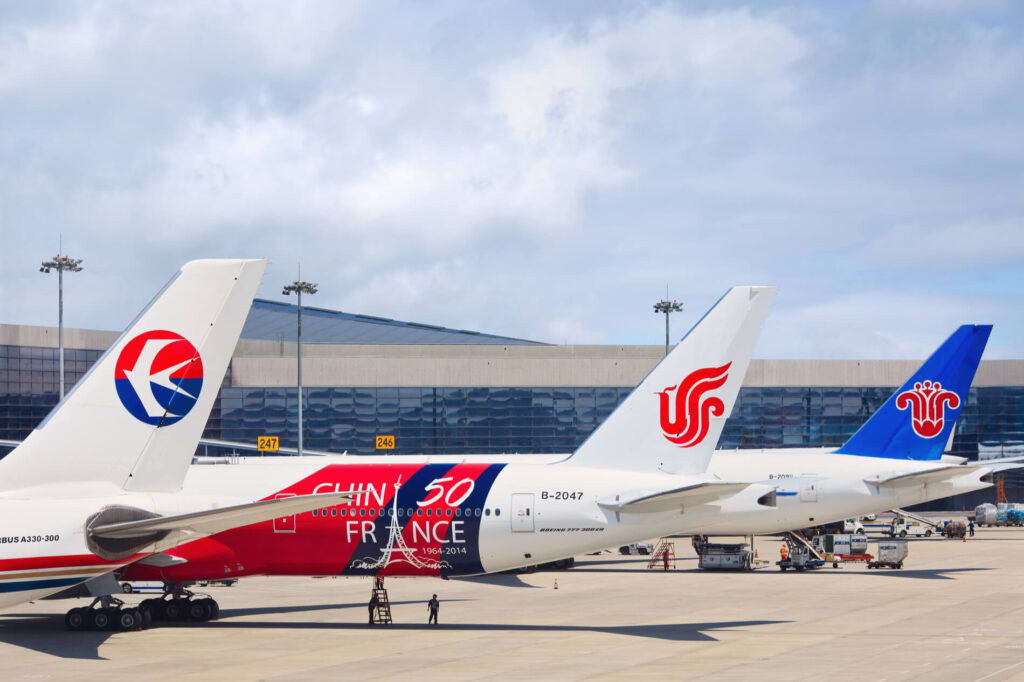As the first strike of COVID-19 epidemic hit China in January 2020, the world looked on with oblivious naivety. Two months later, the epidemic turned into the pandemic and many countries found themselves experiencing the same situation and making the same mistakes as China did just a short time before.
Chinese airlines were the first to take a hit. They were also the first to show signs of recovery in March 2020, just when the rest of the world experienced the strictest lockdowns. Although at the first glance the trend might seem clear, with Chinese airlines appearing to live “two months in the future”, numbers show the situation being a lot more complicated.
Chinese lockdown came a lot more abruptly. Meanwhile, other airlines experienced more of a gradual decline of traffic in the span of several months, as countries imposed travel restrictions one after another between February and April.
The recovery was a lot more sudden in China too. The low-point in February gave way for ease of restrictions in March, followed by gradual reopening. Slight dips happened in April and June, the latter one caused by the second-wave outbreak.
A real lack of monthly traffic data can be seen in this comparison, as although all four largest Chinese airlines – China Southern, China Eastern, Air China, and Hainan – update their results regularly, the numbers on other carriers are hard to find and usually come with a delay. Nevertheless, the numbers give us quite a clear picture.
Despite the general sense of gradual reopening and recovery in Europe and Asia, the process itself is nowhere near the Chinese example. The low-point, reached in April in Europe and Asia, extended almost to June. The spring-back, demonstrated by European low-costs Ryanair and Wizz Air, is rather an exception amongst other non-Chinese airlines.
The primary cause of such a difference between these two groups of airlines is the composition of routes Chinese carriers operate. Rising numbers, as seen in the previous chart, were caused exclusively by the restoration of domestic travel. It comprised the major part of Chinese airlines’ revenue even before the crisis, and is playing a major role in the recovery. As passenger numbers are nearing the pre-crisis levels for all four major carriers, recovery of international travel is almost non-existent.
There are numerous reasons for the latter tendency, border closures – both Chinese and non-Chinese – being an obvious one. Another one is a slew of promotional campaigns and deals started by Chinese carriers. July saw China Southern and China Eastern rolling out “all you can fly” campaigns, allowing for unlimited travel with passes for around $500. Air China and Hainan had their analogues too.
In August Chinese domestic flight market reached 86% of the previous year levels and is expected to grow even more as the school year starts on September 1, prompting students to travel to schools and universities. With lifting of international restrictions being rare and imposition of further bans following second-wave outbreaks all over the world, the major airlines that relied on international travel will likely have to wait years for the market to recover.
